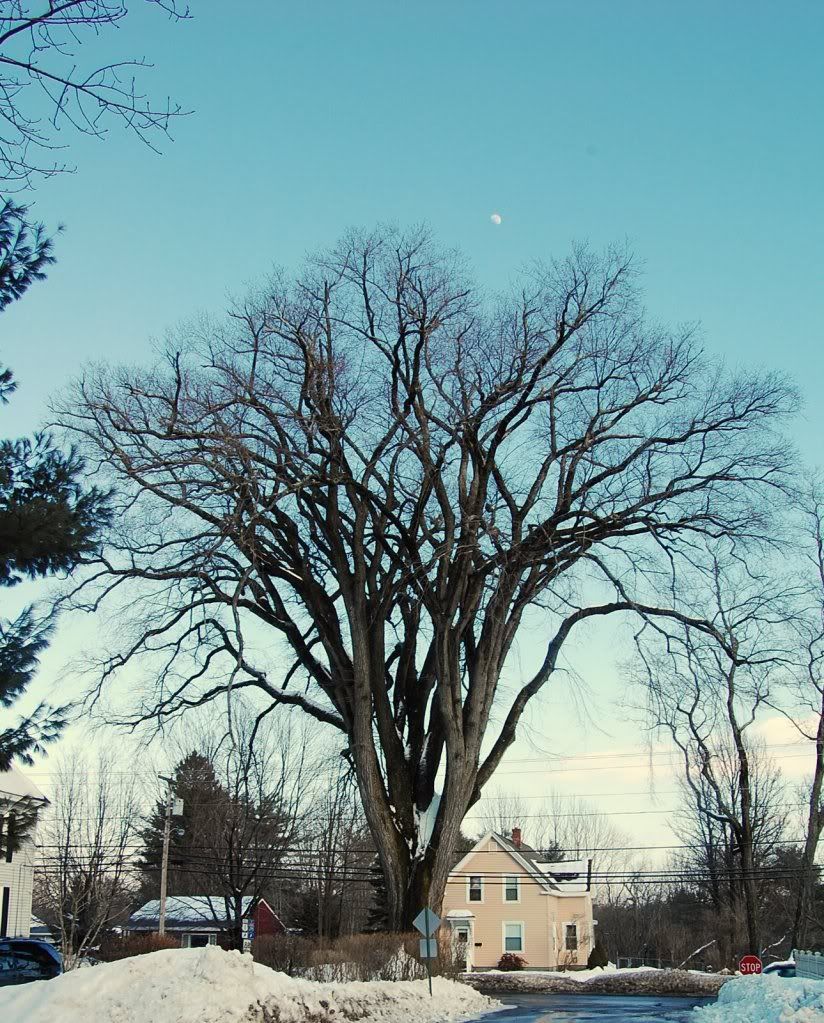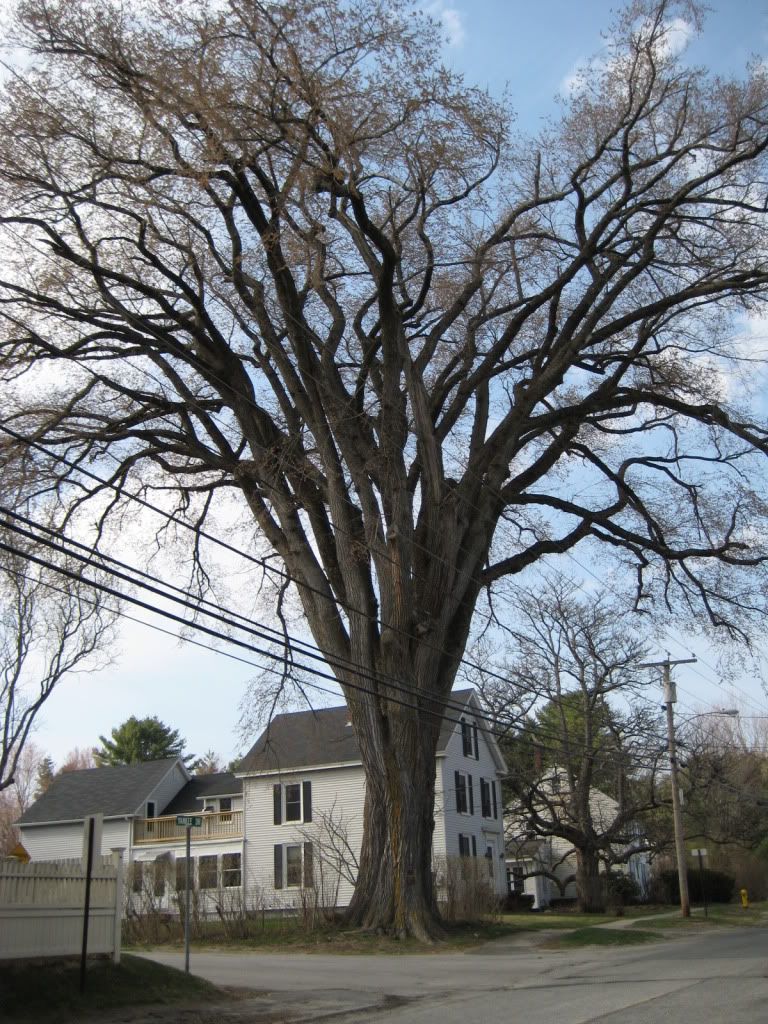John Paul Sanborn
Above average climber
Ths is from the US Forest Service pub on DED
- http://www.na.fs.fed.us/spfo/pubs/howtos/ht_ded/ht_ded.htm
The Dutch elm disease fungus. DED can be caused by either of two closely related species of fungi: Ophiostoma ulmi (Buism.) Nannf. (formerly called Ceratocystis ulmi) and Ophiostoma novo-ulmi Brasier. The latter, which is more aggressive in causing disease, was recently recognized as being a separate species. The DED fungus was first introduced to the U.S. on diseased elm logs from Europe prior to 1930. It is unknown when the more aggressive species became established in the U.S.; however it was possibly present as early as the 1940's- 1950's, and most likely caused much of the devastating mortality through the 1970's. The less aggressive species is becoming increasingly rare in nature, and the aggressive species is thought to be responsible for most of the current mortality. Although some local resurgence of DED has been observed, there is no evidence that it is due to a change in the pathogen. Localized resurgence is more likely due to the following: (1) a decrease in vigilance in monitoring and sanitation, (2) a build-up in populations of the insect vectors, or (3) ingrowth of susceptible host trees in the wild.


























































